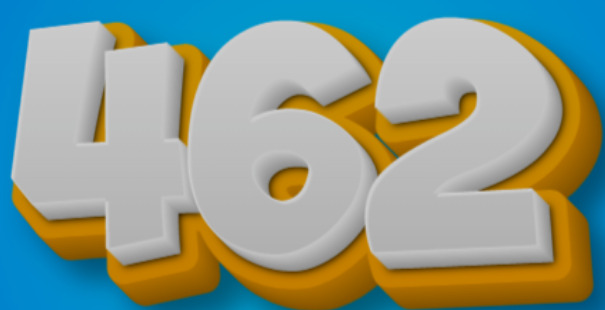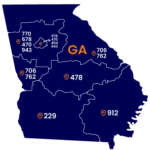The short code 462 refers to a legitimate, official transactional short code used by T-Mobile to send high-priority security and account alerts to its customers.
If you receive a text from 462, it is a warning or verification request that you must take seriously. This code is one of several T-Mobile uses to communicate directly with your device about critical changes to your service or when logging into your online account. It is not a marketing code.
This article details the specific purposes of the 462 text, explains the severe security risk that involves this code, and provides actionable steps to protect your account.

Main Body: The Purpose of the 462 Text Code
The 462 short code is reserved for mandatory communication between T-Mobile and the account holder.
- Two-Factor Authentication (2FA)
- Primary Use: The most common reason for a text from 462 is to deliver a One-Time Password (OTP) or verification code when you are logging into your T-Mobile ID online, resetting your password, or managing sensitive account settings.
- Security Rule: This code proves that the person initiating the action is in possession of the phone.
- T-Mobile Alerts
The code is categorized as a T-Mobile Alert, meaning it can also be used for non-OTP messages regarding system changes:
- Account Changes: Alerts confirming that an action affecting your plan, features, or personal information has been processed.
- Troubleshooting: Sending diagnostic codes or links related to service restoration (though this is less common).
- Safety Status: Is the 462 Text a Scam?
The 462 short code itself is legitimate. However, the code is heavily exploited by scammers in account takeover schemes due to its trusted nature.
- The Phishing Tactic: Scammers call you (spoofing a number) and convince you to initiate an action (like a password reset) on T-Mobile’s website. This action triggers a real code from 462 to be sent to your phone. The scammer then pressures you to read the code back to them.
- Outcome: If you give the code, the scammer uses it to instantly take over your account, often performing a SIM swap or device upgrade fraud.
Actionable Safety Rule:
T-Mobile will NEVER call you or text you and ask for a verification code sent from 462. If someone asks for it, hang up immediately.
Troubleshooting and FAQs
What should I do if I receive an unsolicited text from 462?
If the 462 text arrives when you are not actively logging into or making a change to your account:
- Do Not Share the Code: The code itself confirms that someone has your login credentials (username/password) and is trying to access your account.
- Hang Up/Log In: If you are on the phone with a “T-Mobile rep,” hang up immediately. Then, immediately log into your My T-Mobile account via the official T-Life app or website (not via a link in the text) and change your password.
- Report the Attempt: Call T-Mobile Customer Service at 611 and report the fraud attempt, ensuring your account security is tightened.
Can I stop receiving texts from 462?
Since these messages are classified as essential security and transactional alerts, you cannot opt out of the 462 short code using the “STOP” keyword, as T-Mobile is legally required to notify you of major account changes. You must keep the code active to protect your account.
How do I check for T-Mobile’s other official short codes?
T-Mobile maintains a list of official self-service short codes on its support website. This helps customers quickly verify if a code is legitimate (e.g., #BAL# for balance, #ONB# for Scam Block).
Conclusion
The 462 text message is a legitimate T-Mobile security tool, primarily used for two-factor authentication. While the code is reliable, its security purpose makes it a prime target for phishing scams. Protect your T-Mobile account by refusing to share the 462 code with anyone who calls you, even if they claim to be T-Mobile support.


